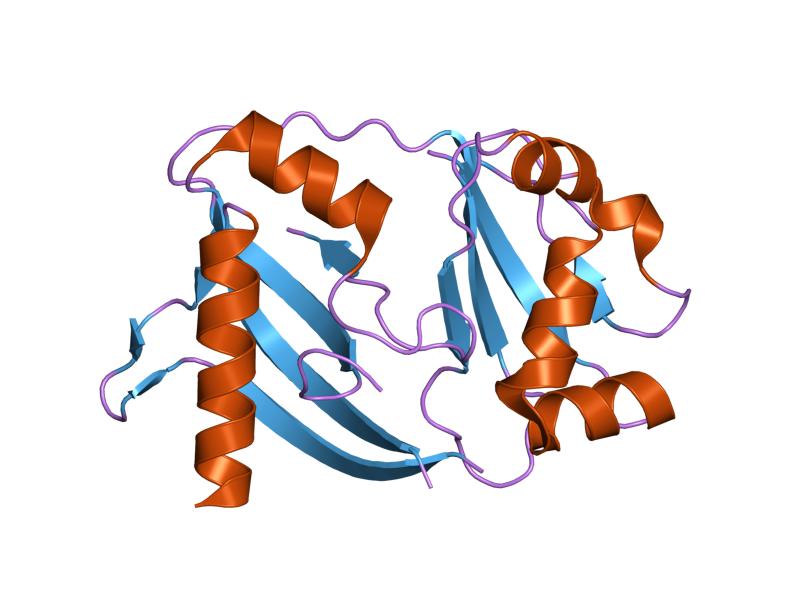July 26, 2015, by Brigitte Nerlich
Science, hype and fun
 In one of my early posts for this blog I talked about hype and about how hype can be used honestly and fraudulently. In one of my later posts I talked about CRISPR and how scientists are trying to deal with this gene editing technology responsibly.
In one of my early posts for this blog I talked about hype and about how hype can be used honestly and fraudulently. In one of my later posts I talked about CRISPR and how scientists are trying to deal with this gene editing technology responsibly.
So I should have known better!
Following the fun
While still savouring the Pluto flyby on my twitter stream last week, I came across some tweets saying things like this: “It is a truth universally acknowledged, that a single man in possession of a good fortune, must be in want of CRISPR”. (Thomas Levenson @TomLevenson Jul 22 ); “In Wales, CRISPR is pronounced ‘Steve’”. (Drug Monkey @drugmonkeyblog Jul 22); “Who’s the cat that won’t cop out, when there’s danger all about? CRISPR. (Right on.)” (Ed Yong @edyong209 Jul 22); “It does seem that #crisprfacts are stranger than #crisprfiction” (Hilary Sutcliffe @hilarysutcliffe Jul 23and indeed, making a reference to the Pluto mission: “New Horizons was powered by CRISPR”. (Dr Adam Rutherford @AdamRutherford Jul 22) These tweets all used the hashtag crisprfacts. I went to the whole hashtagged list of tweets and images and enjoyed myself.
According to Rebecca Harrington, writing for Popular Science, the whole thing “started when Daniel MacArthur, a geneticist at Harvard Medical School and the Broad institute, tweeted that Wired’s August cover story may have gone too far. […] Chris Dwan, also from the Broad Institute, replied to MacArthur with a joke using the hashtag, and Twitter took it from there.”
Questioning the fun
Of course, I retweeted some of these #crisprfacts. Then #crisprfacts began trending. I emailed the hashtag to a friend of mine who looked at the tweets, was amused, but not so amused and emailed back that he’d seen more hyperbolic articles on CRISPR than this one. He also didn’t like the purple grass on the cover. Ha, I thought, I should perhaps read the article!
Reading the article
The article was published in Wired magazine and was written by Amy Maxmen. When I opened the online version, I saw a rather psychedelic eye and the strap-lines “The Genesis Machine. We now have the power to quickly and easily alter DNA. It could eliminate disease. It could solve world hunger. It could provide unlimited clean energy. It could really get out of hand”. Lots of ‘coulds’; so not so much hype I thought. Then, further down, there was the August print cover with the purple grass (which I quite liked) and the headline ”No hunger, no pollution, no disease. And the end of the world as we know it. The Genesis engine”. Ah I thought, typical headline speak – quite hyperbolic, but that’s headlines for you. Then I read on. The article starts with Asilomar 1975 and goes on to discuss Asilomar 2015 – two reference points that I had also used in my blog post on recombinant DNA and CRISPR. I started to like the article. It was short and to the point and raised some important ethical issues without making a meal of them.
After reading the article, I still liked the fun tweets but I had to agree with Dietmar Scheufele who tweeted: “#crisprfacts targets the scientific hype … and missed the #ELSI point.” (Dietram A. Scheufele @scheufele Jul 23) By this he means the point the article actually raises about Ethical, Legal and Social Issues.
Learning something
So what did this teach me? Two things: First: Twitter can be fun and reading the #crisprfacts tweets was indeed fun. But: It’s always a good idea to look beyond the twitter-stream and not be swept away by it – to raise one’s head once in a while and see what’s going on outside. Second: Popular Science suggested that the hashtag turned down the crispr-hype or, as Jack Stilgoe tweeted, “I’m enjoying the bubble-puncturing hype-taking tool that is #crisprfacts” (Jack Stilgoe @Jackstilgoe Jul 22) However, didn’t we all, while enjoying ourselves and inventing CRISPR facts, also contribute to the hype? Were we not swept away by anti-hype that was a bit of hype itself?
Like so often in journalism, we have to look beyond the headlines and the hashtags and READ THE ARTICLES too. We should not blame journalists alone for ‘the hype’ that we all enjoy and feed on. As Tim Radford, free lance journalist and science writer, has made clear, it is almost impossible to tell (indeed sell) a science story without engaging in some sort of ‘hype’: “You don’t grab headlines by describing embryo stem cell research as an expensive laboratory-based technology of unproven merit guaranteed to lead to many years of frustration punctuated by small flashes of enlightenment.”
And you don’t get tweets trending with a stale discussion of ethics.
[This Making Science Public post also contributes to my social science work on the BBSRC/EPSRC funded Synthetic Biology Research Centre. You can find other posts on synthetic biology here]
Image: “PDB 1wj9 EBI” by Jawahar Swaminathan and MSD staff at the European Bioinformatics Institute. Licensed under Public Domain via Wikimedia Commons
No comments yet, fill out a comment to be the first

Leave a Reply